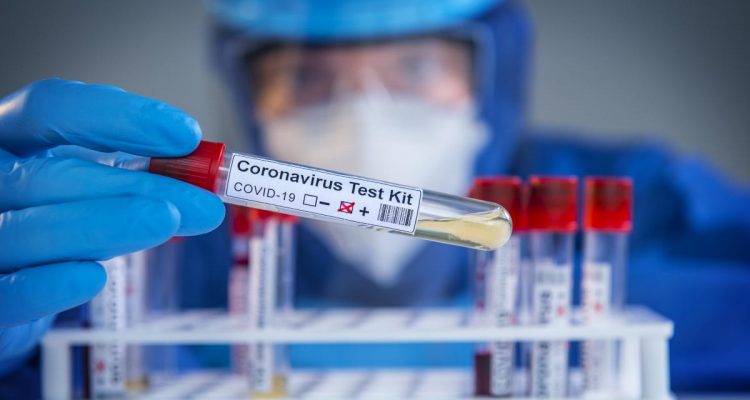For anyone that has been tested for COVID-19, they know the anticipation for the results always causes anxiety. A current issue that has plagued the testing results is the false negative, where an individual who is currently infected with COVID-19 is inaccurately declared virus-free. This is problematic because the individual can continue to go on with their daily routine with the fear of having the virus behind them. The dangers that a false negative causes are detrimental, as an individual that is falsely diagnosed risks spreading the disease to others when out in public and leaves them deprived of treatment. Another technical error which is not given substantial attention, but should be, is the false positive diagnosis which incorrectly classifies a healthy individual as being infected with the virus. This misdiagnosis is critical because it can lead to a greater spread, as well as personal and medical ramifications.
While the occurrences of a false positive result are rare, they are not impossible, as many factors can lead to a false positive diagnosis, such as contamination, mishandling or technical glitches. An occurrence that comes to mind is the initial testing plan administered by the Fairfield administration, which required students to use a self-administered saliva test kit from InHousePhysicians. Malfunctions within this process led to misdiagnoses and an inability to guarantee that the correct results were being administered to the students. The University quickly changed their course of action, which led to the rapid testing that was administered to students on their assigned move-in date, with the results received prior to them moving into their dorm or apartment.
The consequences that can result from a false positive diagnosis should not be ignored, as it can lead to issues affecting not only the individual, but attempts to contain the spread of the coronavirus. According to guidelines from the Centers for Disease Control and Prevention, an individual that tests positive for COVID-19 must isolate for at least 10 days after their symptoms begin; for an individual that is falsely positive, that means 10 days away from family and friends, as well as their school or work priorities. This is detrimental to any individual that cannot do their job online, as it can potentially lead to losing their job, as well as their paychecks. False positive people are also occupying limited space within hospitals, which shifts necessary medical care, equipment and follow-up tests away from vulnerable individuals who need the attention immediately.
False positives can also foster more outbreaks, especially in crowded facilities such as nursing homes or hospitals, where individuals with a false positive are being placed with individuals who are truly positive.This means that those who are healthy are put in further danger of actually receiving the virus, leading to a greater spread.
Early in October, two nursing homes in Nevada halted the use of two rapid COVID-19 tests until further investigation, due to concerns about the accuracy and a significant amount of false positives that were found within the homes. The elderly population is extremely vulnerable to the virus, due to their immune systems being weaker than the younger generation’s, as well as facing other health issues that can be made worse by the coronavirus. Without greater attention to the number of false positives, an already vulnerable population is placed further at risk when there is a mix of negative and positive individuals, and the necessary care and attention is not being brought to the right people.
In our “new normal,” we have learned that the pandemic is an ever changing situation. With varying research, and scientists constantly finding new information, we are often kept in the dark of what is the best course of action when protecting ourselves from this virus, and what it means when one is infected. Evidence suggests that individuals who recover from the virus retain a certain degree of immunity that can prevent being reinfected with the virus for at least five to seven months. However, scientists are unsure how long this immunity lasts or how it varies from person to person. This false sense of immunity is harmful to anyone who is a false positive, as well as anyone around them, as these individuals can be led to think that they are invincible. This can actually cause them to be more vulnerable if they have a false confidence that they cannot contract the virus again. They could start not wearing a mask or not practicing social distancing which can cause themselves and others to be further at risk.
As the growing number of false positives and negatives increase, it correlates with a lack of trust in the testing process and whether the results people are receiving are accurate. These growing concerns have led to a greater need to evaluate existing testing, but with testing there are benefits, as well as limitations, that the public should be aware of. Rapid testing, while seen as cheaper and quicker, is less invasive and only examines fragments of the virus, which can lead to faulty results. However, the Polymerase Chain Reaction (PCR) testing is slower and more invasive, but the longer wait time can also lead to inaccuracy while an individual can become infected while waiting for results. As our testing methods continue to be examined and evolve, the best thing that we can do is continue to follow the necessary guidelines and work towards containing the spread and keeping those around us healthy and safe.


Leave a Reply